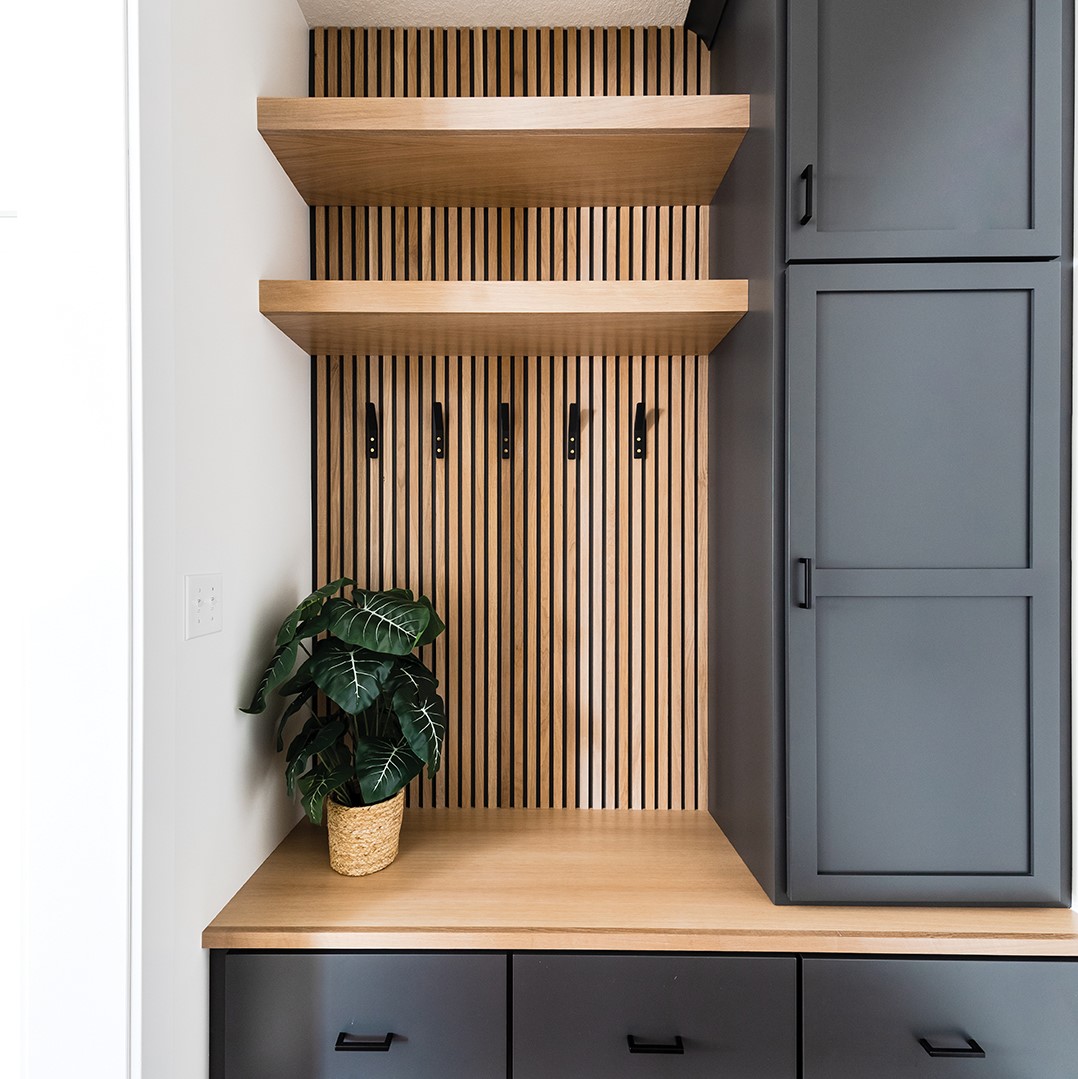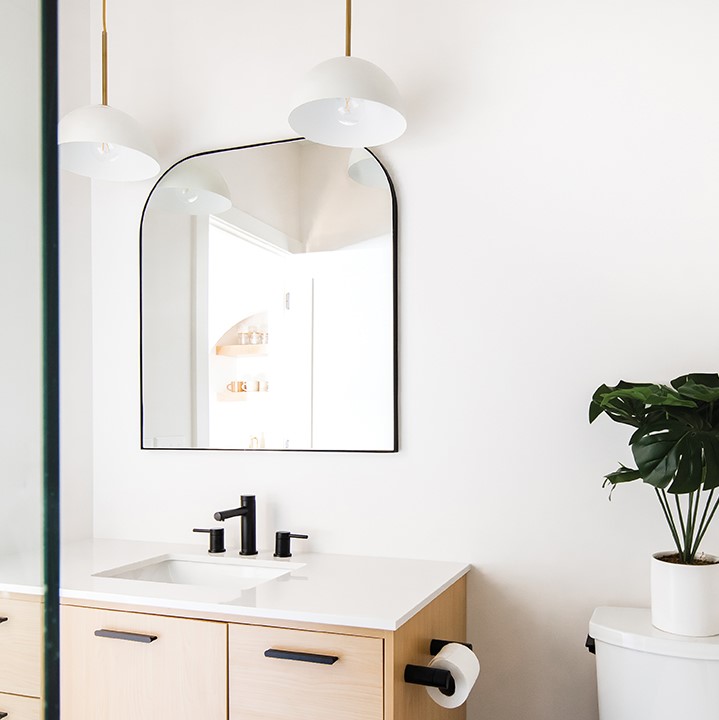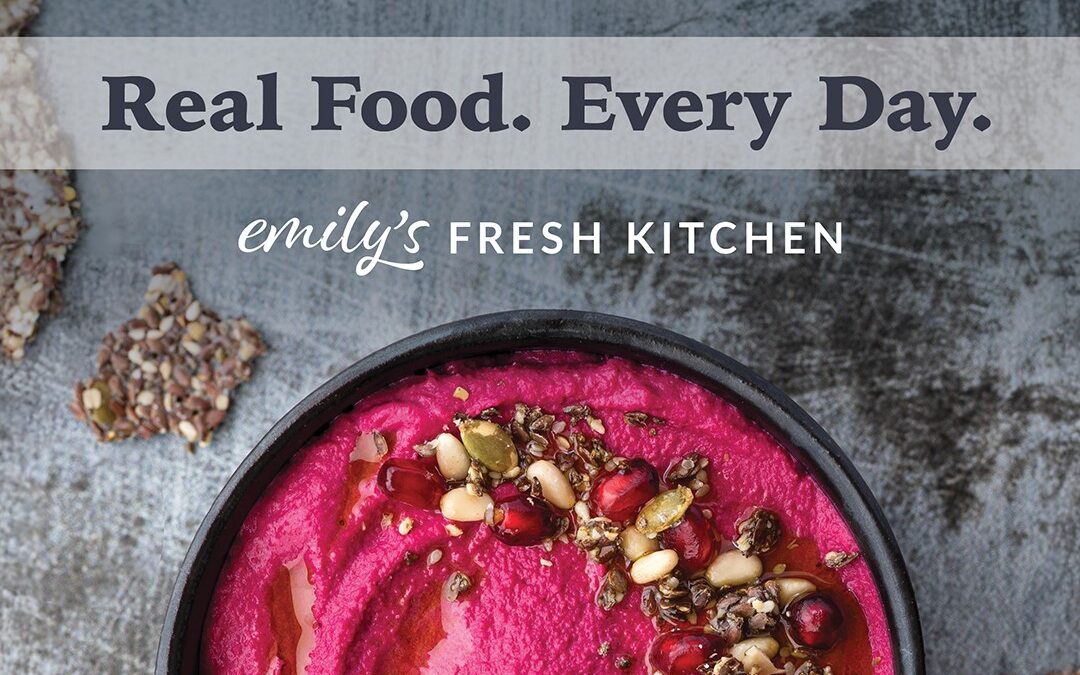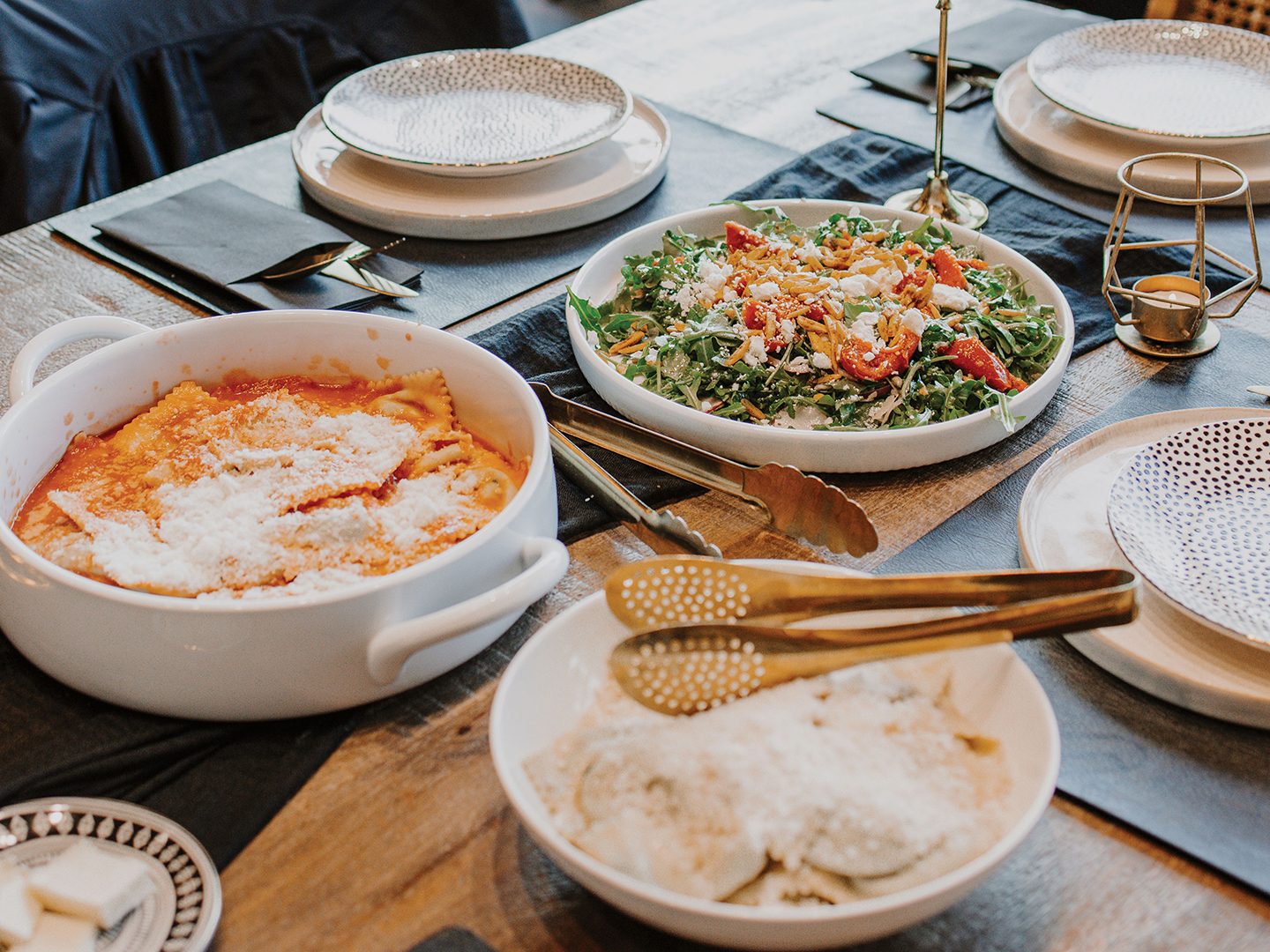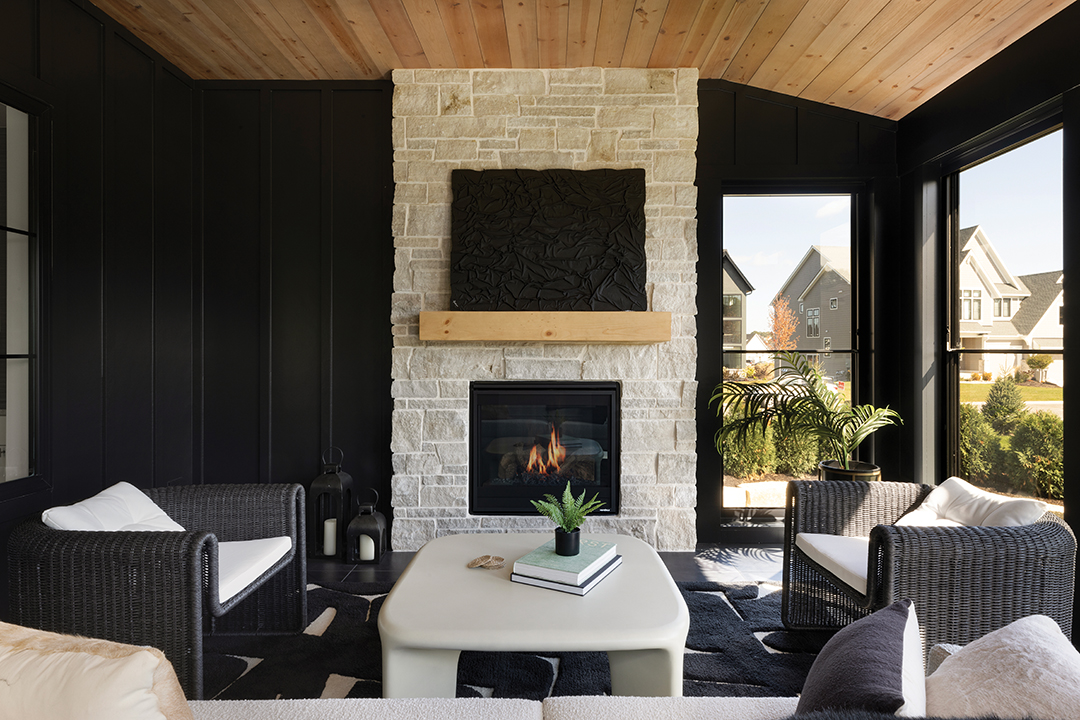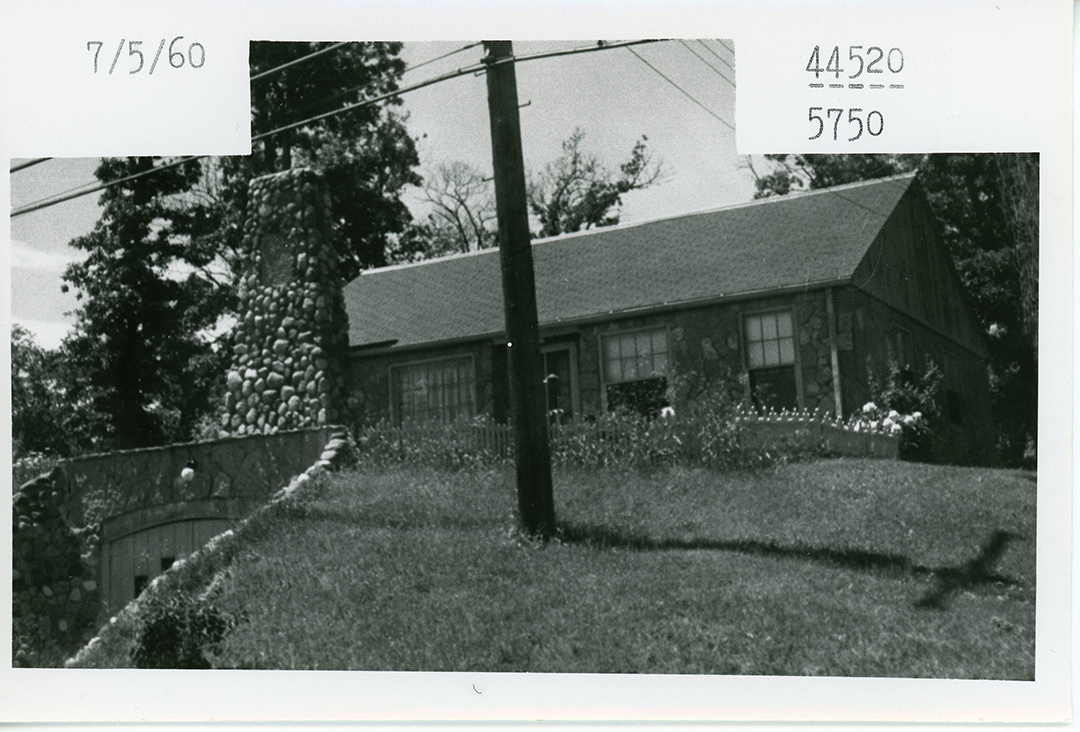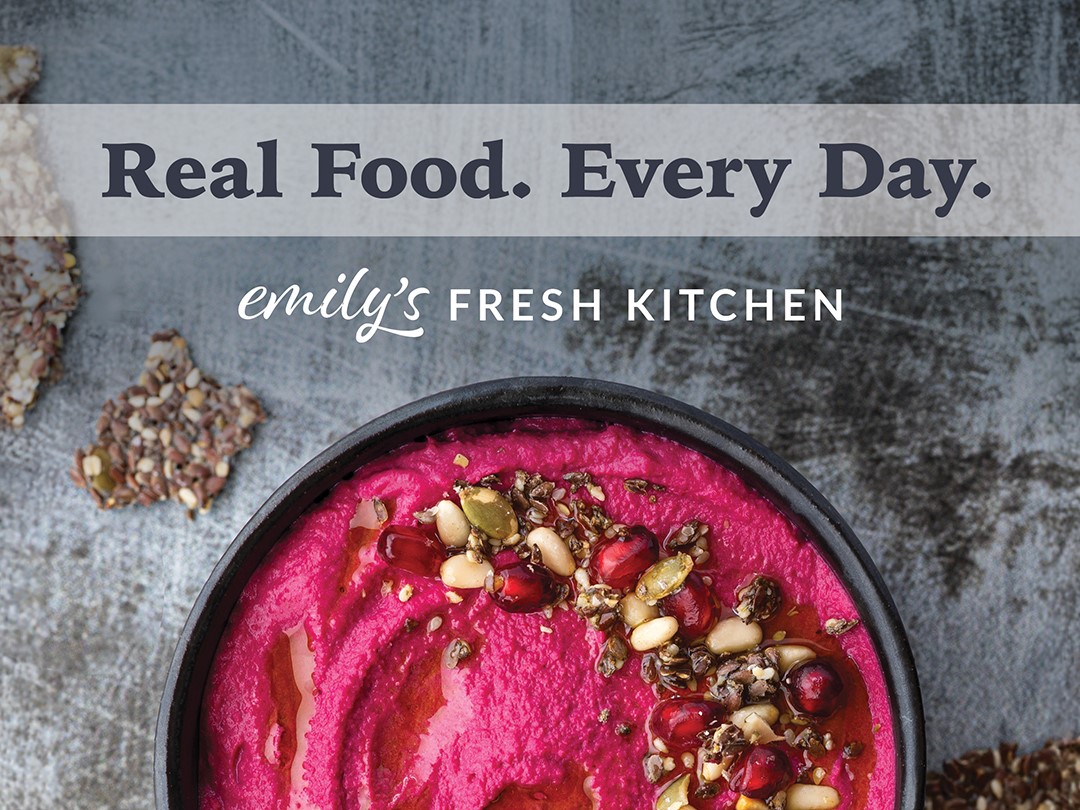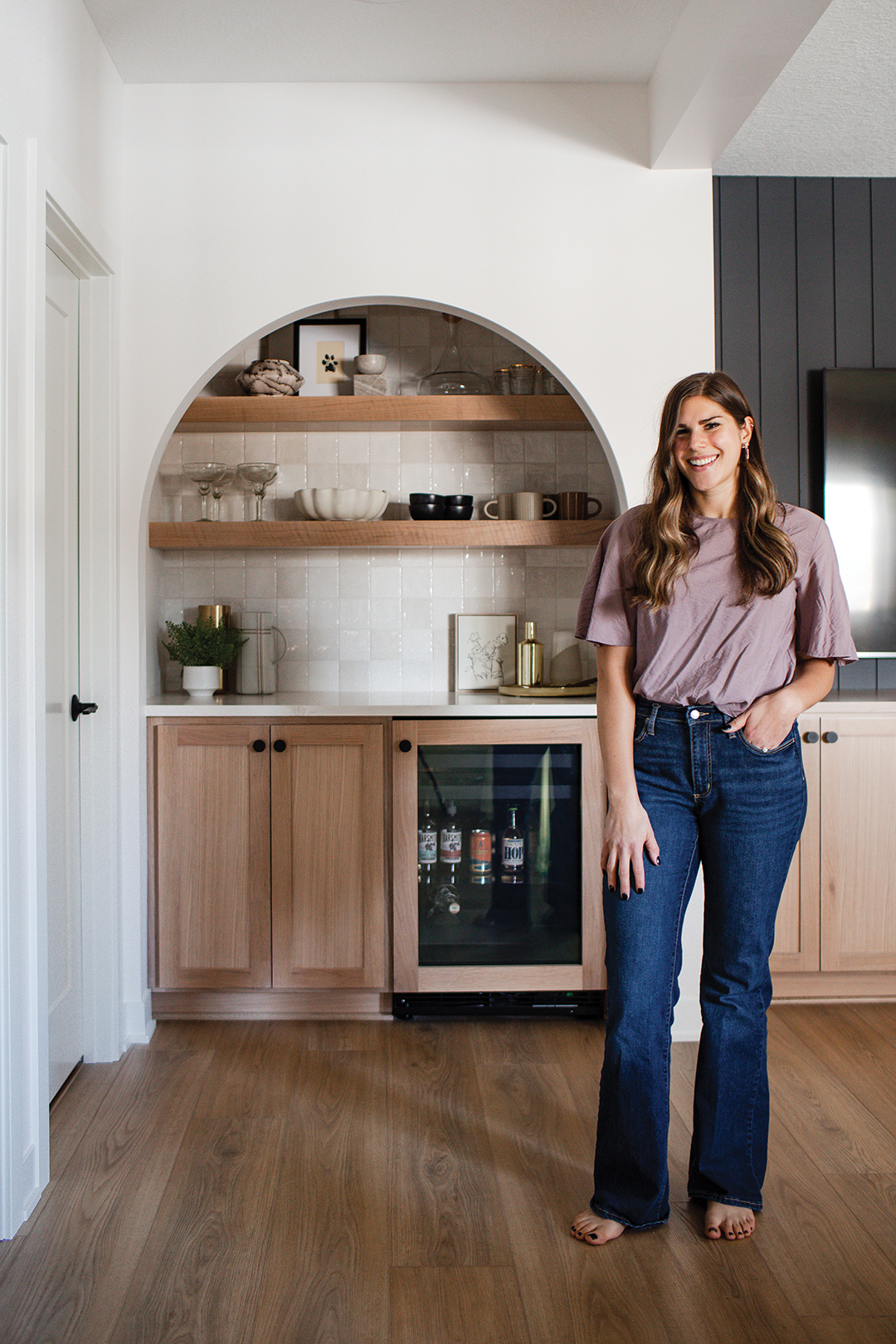
Photos: Chelzie Lopez
Designer shares tips for crafting your own home renovation mood board.
There’s nothing Jordan Willaby loves more than walking into a space and envisioning the possibilities. “I always wanted to be an interior designer,” Willaby says. “I used to use graph paper to redesign my bedroom when I was a kid.”
Although already in the industry, Willaby branched out on her own to follow her passions during the COVID-19 pandemic. She launched her own interior design firm, Willaby Way, in August 2020, and she’s been building her business ever since, taking on projects like kitchen renovations; creating new bathroom designs and finishing basement spaces. “Lots of remodels,” she says.
These days, Willaby’s tools may be slightly more sophisticated, but her path to achieving a design vision is largely the same, and it usually starts with a mood board.
Willaby believes mood boards can be incredibly useful tools to, “Hone in on the style and direction you’re looking for,” she says.
“With every Willaby Way project, the mood board acts as the overall inspiration for the space and something we refer back to when making design decisions,” Willaby says.
Earlier this year, Willaby helped clients in Plymouth tackle an unfinished basement, mudroom, butler’s pantry and laundry room. The project was dubbed The Alvarado Modern Scandinavian Project, and the goal was to “incorporate a Scandinavian feel with modern elements,” Willaby says.
The Alvarado Modern Scandinavian Project
Elements of the home that were featured on the design moodboard include black and white color palette with light wood tones; wood slat walls and vertical paneling; matte black plumbing fixtures, mixed with gold accents; and earthy tones throughout the spaces.
To begin, Willaby created a mood board, combining a black and white color palette with light wood tones. The mood board helped Willaby and her clients refine the design and select materials for tile, plumbing and lighting that complemented the color scheme and feel. They ultimately chose black plumbing fixtures mixed with gold accents and earthy tones.
“We wanted to add some character through wood slat walls and vertical paneling,” she says.
Willaby loves how the project turned out and how it carries through the feel from that initial mood board.
Willaby says mood boards are easy for anyone to create. The first step is to find your inspiration. She recommends using sites like Pinterest, Instagram and Houzz, or even paging through magazines, to find images that match the style you’re aiming for in your project. “Pinterest is a great resource because it begins to curate for you,” Willaby says.
The next step is to save the images, whether it’s to a folder on your computer or an actual folder. Then it’s time to put the mood board together. Willaby recommends using computer software like Adobe Illustrator or online design tools like Google Slides or Canva. Any of those programs allow users to crop, arrange and layer elements to create their mood board.
Playing around with the images as you assemble your mood board can help determine if certain elements work with or against one another. “You start to see themes as you put together the elements,” Willaby says.
Employing a mood board can help keep a project from feeling overwhelming, she says. “All you need to know is what you like and what you don’t like.”
Further, a mood board can help a designer adhere to a budget, whether it’s finding similar items at a lower price point or helping a client determine their project priorities.
Once a mood board is complete, you can begin to realize that vision. “The ultimate goal is that they would love to be in their home,” Willaby says.
Willaby Way
507.621.1251
Facebook: Willaby Way
Instagram: @willabyway
Pinterest: Willaby Way


